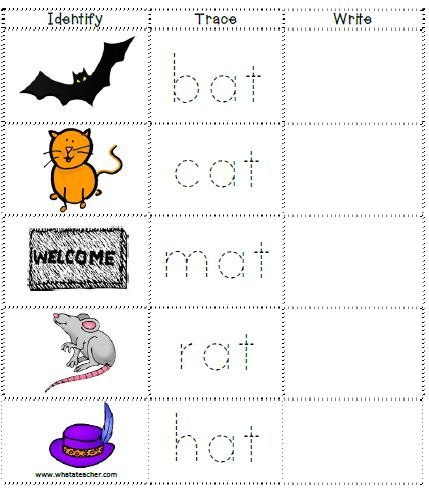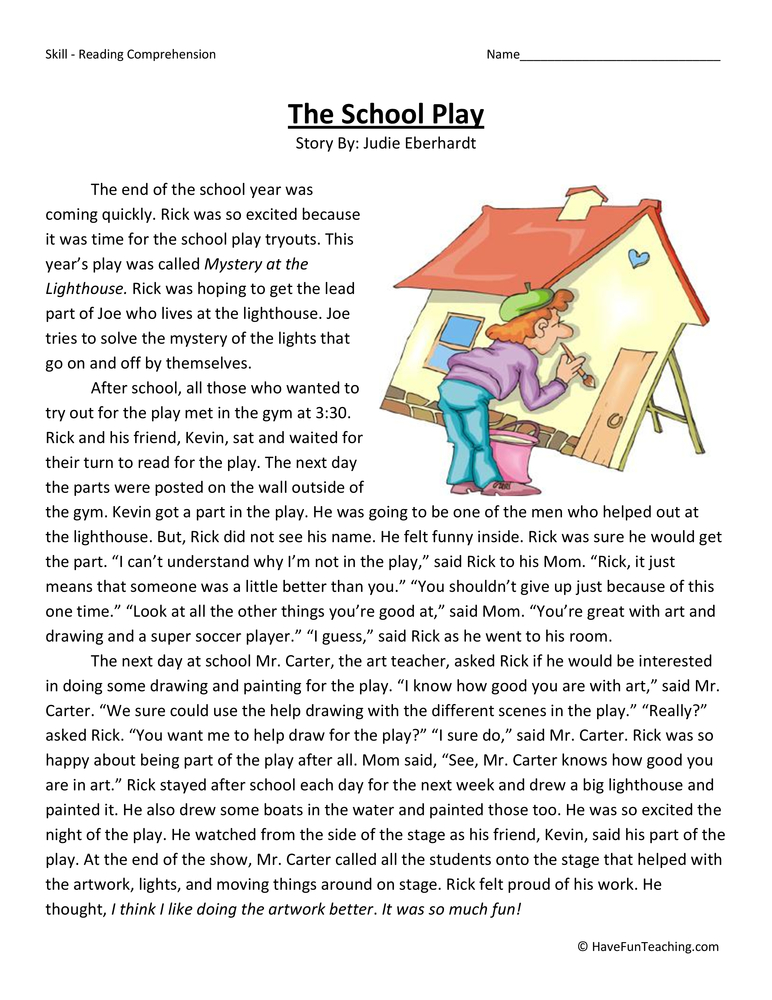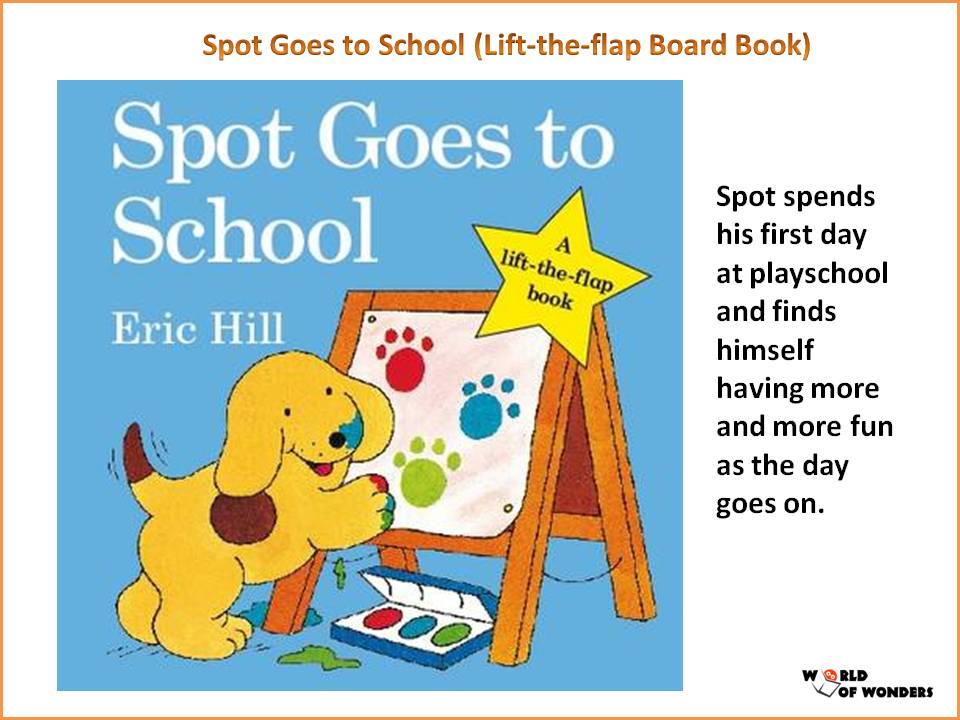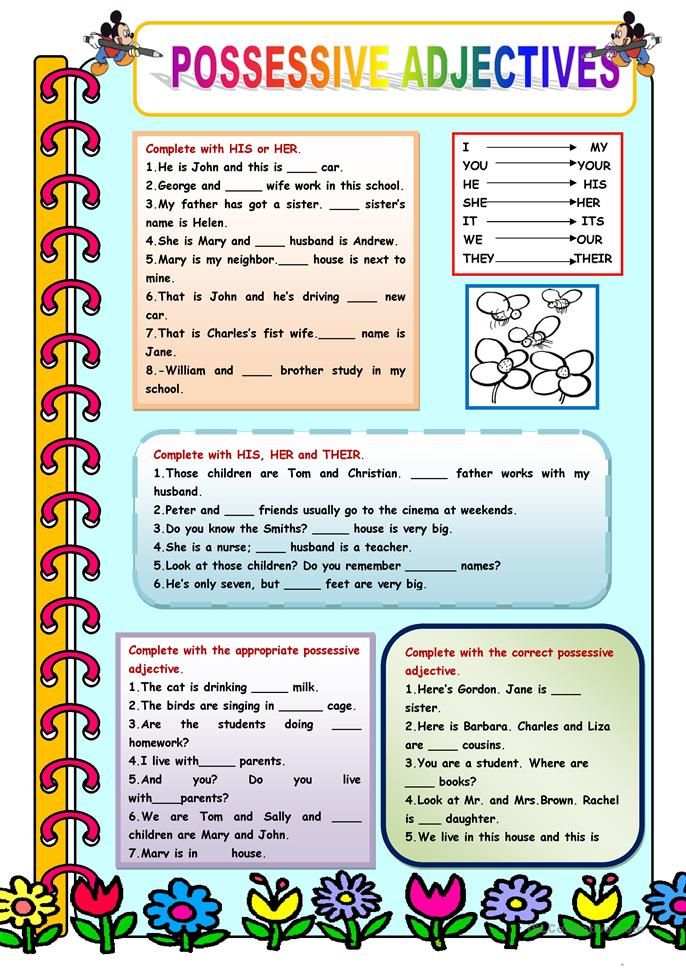Following directions activities for toddlers
Fun Activities to Help Toddlers Learn to Follow Directions
It can be extremely difficult for toddlers to listen to what we’re saying. There are distractions all around them; meanwhile they are learning to process many new sensory experiences. You may feel like you have to say the same thing numerous times until your child understands.
Take heart, your child is transitioning from babyhood. Imagine traveling to a country where you learned a new language. It takes time to learn a new language!
Part of toddlerhood is learning how to follow directions. The learning process isn’t always easy, but the good news is that you can help your child learn to listen by having fun!
Here are five games to play with your toddler that will actually help them learn to follow directions.
1. Follow the LeaderThis game is just like it sounds! You stand in front, with your children lined up behind you, and they have to do whatever you do. You could quack like a duck, howl like a wolf, or bounce like a kangaroo. And your child will happily copy you!
This game will help your child learn to focus on you and follow what you are doing. Later, when you are trying to get their attention, you can say, “You did such a good job watching mommy when we played follow the leader. Now you need to look at me just like that because I have an important direction to give you.”
2. Simon SaysSimon Says teaches children not to just to listen, but to listen carefully. The parent (Simon) calls out directions, and the children have to follow them exactly. You might say, “Simon says, hop on one foot,” or “Simon says, spin around with a smile on your face.” If a child fails to follow the directions, they have to sit out.
When you don’t say “Simon Says” before giving a direction, your child isn’t supposed to do anything. This is the tricky part and is usually doable for kids who are three years or older. Start simple and then make the directions more and more complicated.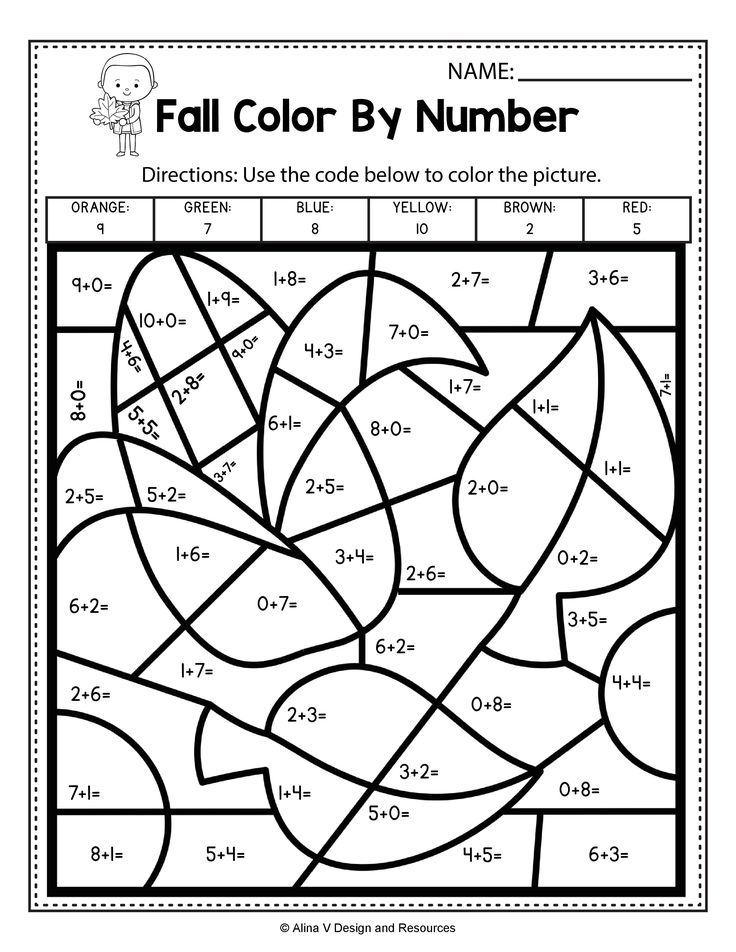
Red light means stop. Green light means go. It’s as simple as that. You stand at one end of the room, and your kids will stand at the other. When you yell, “Green light!” they run toward you. When you yell, “Red light!” they have to stop immediately.
Keep this game exciting by yelling “Red light!” twice in a row. If someone moves on a red light, they have to go back to the beginning. This will help your kids go from hearing common directions to actually doing them quickly.
You can transition from this game directly into real-life situations. For example, you can tell your child, “When I say, ‘Green light!’ you go. When I say, ‘Red light!’ you stop. When I say, ‘Brush teeth!’ you run upstairs and get your toothbrush. Who will win?”
4. Mother, May I?Here is a game to teach your toddler how to follow directions and how to ask for permission. Stand at one end of the room and your kids at the other.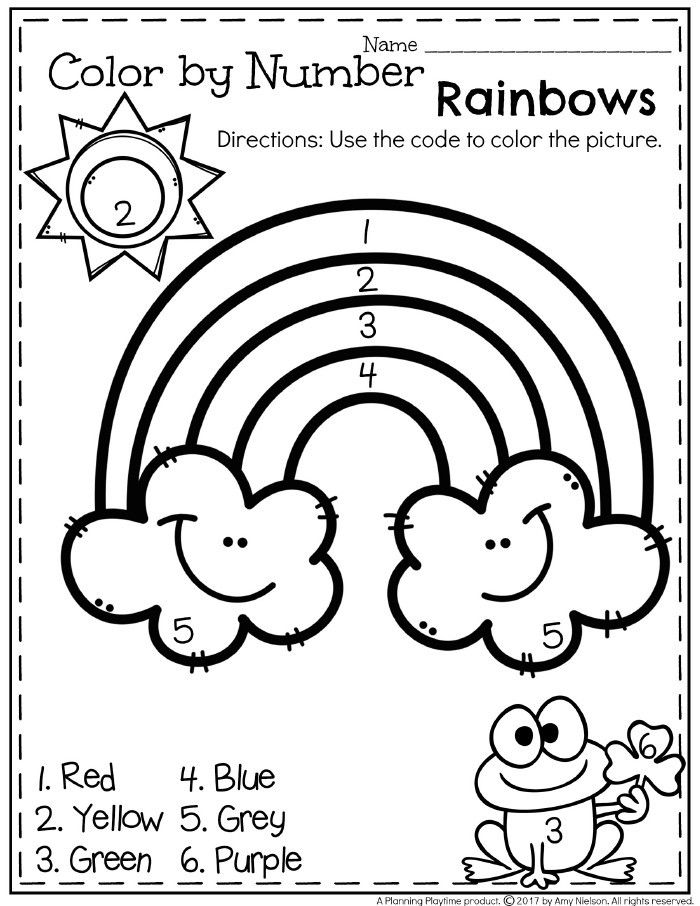 They take turns asking you questions, such as, “Mother, may I take two leapfrom jumps?” or “Mother, may I take two giant steps?”
They take turns asking you questions, such as, “Mother, may I take two leapfrom jumps?” or “Mother, may I take two giant steps?”
For instance, if your child says, “Mother, may I take three bunny hops toward you?” you can respond with, “No, but you can take 2 bunny hops toward me.” If your child fails to listen, then he can take a few steps back instead. This will help your children learn to ask questions and actually listen to the responses. Whoever reaches your end of the room first, wins.
5. Land and SeaUse duct tape, lay down a rope, or find some other straight line. One side is land. The other side is sea. Your children not only have to remember which side is which, but they have to jump to whichever side you call. This is somewhat similar to Red Light, Green Light. While there are only two directions, you can mix things up by calling the same direction twice, or by getting fast and faster. It can honestly be very difficult! It will help your child learn to recognize simple, common directions, and carry them out as quickly as possible.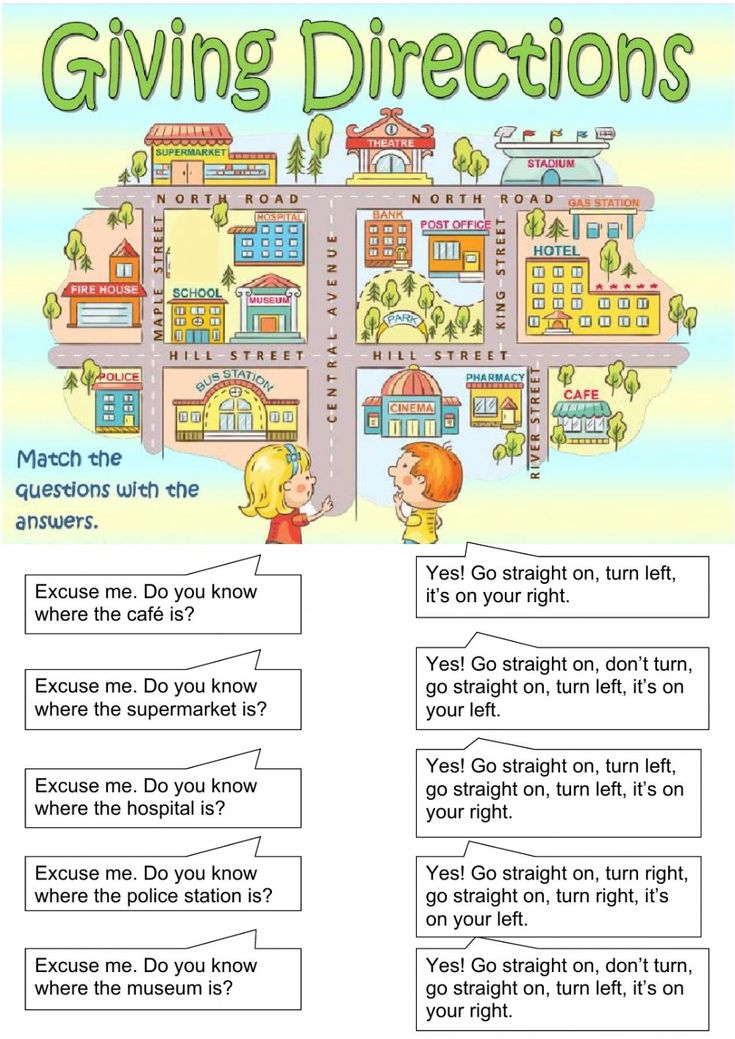 If someone jumps to the wrong side, they are out.
If someone jumps to the wrong side, they are out.
By making learning into a game, you will help your child internalize the lesson. And you make things easier on yourself at the same time! Make sure to check out our website for more ways to making parenting a little easier. We understand!
Featured image: IG @emilyloeffelman
7 Core Following Directions Activities for Kids That'll Improve Listening
Inside: Quick and easy following directions activities for kids that will help them practice self-control, emotional regulation and improve listening skills.
There was a joke traveling around years ago from Carrie On Y’all that said, “Maybe if I start yelling ‘Get your shoes on!’ the night before, we could get to school on time the next day.”
Honestly, the struggle is real.
Kids need A LOT of practice to learn basic life skills.
Following directions activities can support better listening skills in your child.
Teaching kids to follow directions isn’t as simple as doing a listening activity for kids, watching fairy dust shower from above, and seeing your kids transform into magical listeners.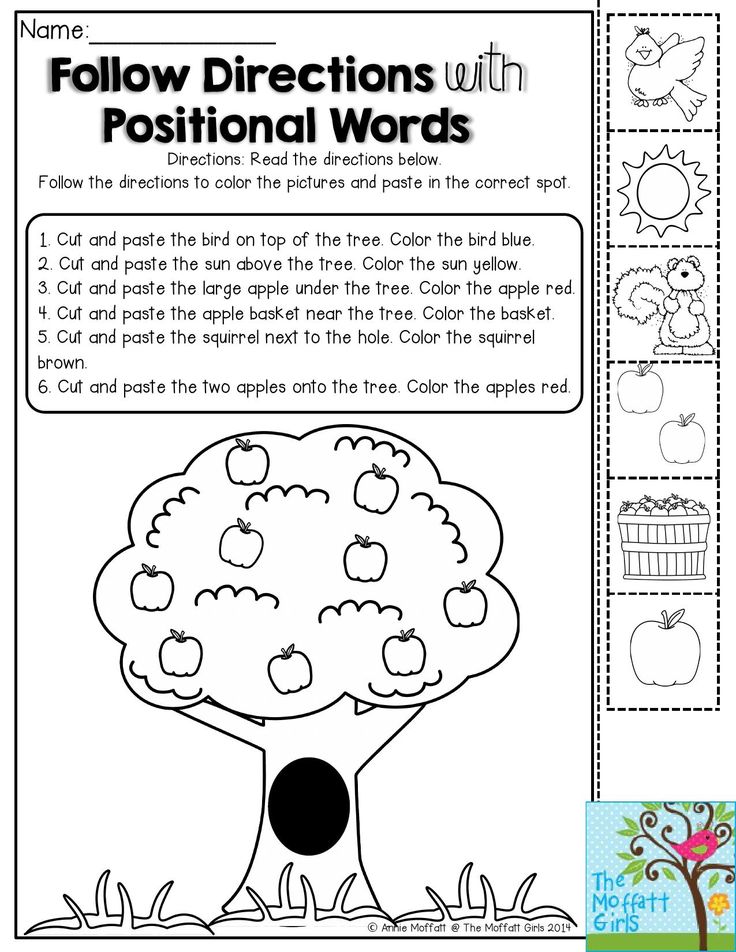
Several years ago I was getting ready to take my son to school. He insisted—like life or death insisted—that he needed to wear his green shoes.
So I helped him find his green shoes, laid them out on the floor, and then realized I made a horrible mistake.
He shook his head and said, “No green shoes, mom. Nooo!”
In exactly two minutes, the green shoes went from being my complaining child’s most prized possession to the most horrible and disgusting shoes one could don.
Related Posts:
- 2 year old not listening? Try this remarkable tip.
- 10 Totally Awesome Tricks for Independent Kids
Teaching kids to follow directions – let’s simplify.
1. Connection first. Attention follows.
A few brief moments using SAY WHAT YOU SEE®, where you describe what your child is thinking, doing, feeling or saying, makes a big difference. This is the building block of connection, and when kids feel connected to you, they are for more likely to cooperate.
It might sound something like, “You’re drawing a picture with big green squares and red lines.”
No brainer, right? And yet, I still find myself talking to my kids without taking a brief moment for connection.
Sharing a set of instructions before you briefly connect with your child is like speaking foreign language. It can fall flat.
I know I have my child’s full attention when I have two things:
- Eye contact
- Eyes level (get down to the child’s level).
2. Be short and specific.
Kids tend to hear a lot of conversational white noise when adults are speaking to them. Say exactly what needs to be said for your child to follow your directions. Trim everything else out.
Instead of… “Hurry up. We gotta get out the door for this appointment. Get your coat lets go.”
Try… “Coat please.” Or, “You’re missing a coat.”
3. Use “wait time.”
This is a great strategy that I learned from a teacher. After giving a set of instructions to your kids, pause for 3-7 seconds to allow their brain to process and apply the information.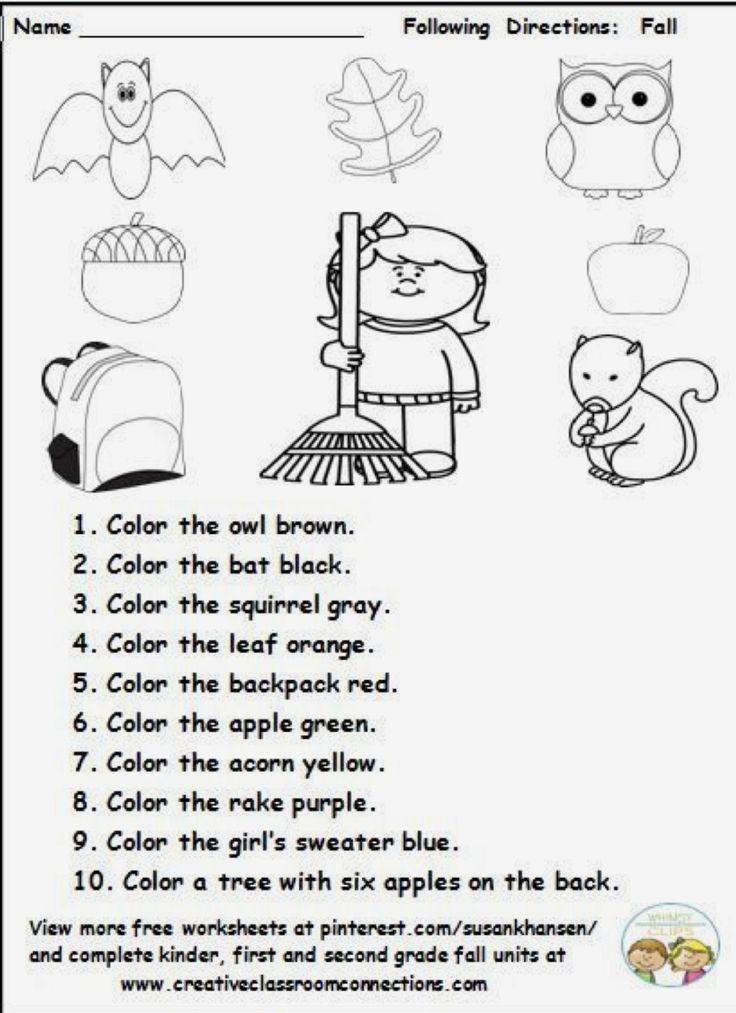 Research shows kids are more likely to follow directions if you give them “wait time” or a hearty pause.
Research shows kids are more likely to follow directions if you give them “wait time” or a hearty pause.
As adults, we are used to processing information much quicker, but kids…they take time.
Think of it this way: Keeping realistic expectations and waiting is the difference between you giving up and throwing your tea in the air vs. you calmly taking a sip of your tea while you employ “wait time.”
4. Unless you are offering a choice, don’t ask.
If your directions aren’t up for negotiation, keep that door firmly closed. Offering choices is a fabulous way to help end power struggles and enjoy a happier home.
But…everything in life is not always a choice. If you can’t offer a choice within a parental boundary you feel good about, give instructions as a statement, rather than a question.
Instead of… “Can you pick up your toys?”
Try… “I see toys on the floor and it’s time to leave.”
Or if you’d like to offer a choice, you can say something like, “I see blocks and dolls.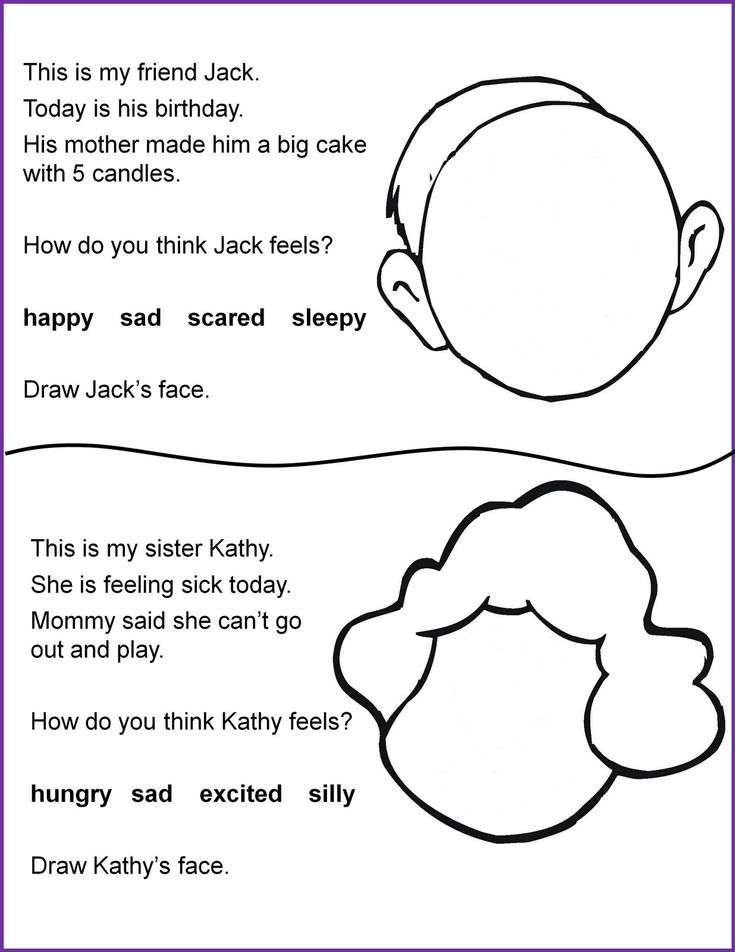 Show me which one you want to put away first.”
Show me which one you want to put away first.”
5. Practice using following directions activities.
In order to build great listening skills, kids need a lot of practice…A LOT.
Which makes sense! I think we all can relate to needing a lot of practice before we can get good at anything. I could tell you a few stories about burnt dinner rolls for the past five years, but that’s a story for another day 🙂
Related:
- 50+ Best Simple Games for 2 Year Olds and Up
- The Ultimate List of Board Games for 2 Year Olds
7 core following directions activities for kids.
There are several good ‘ole fashioned standby games to play with kids to help them 1) Listen and hear what you are instructing and 2) Practice following the directions you shared.
1. Simon Says
One person is Simon or Elmo or Dora or Spiderman or Teacher or Whoever, and this person is the “leader.” Simon gives a set of instructions and everyone else follows. The person who doesn’t follow the instructions is “out.” And the person who follows the instructions throughout the game, wins Simon Says.
The person who doesn’t follow the instructions is “out.” And the person who follows the instructions throughout the game, wins Simon Says.
2. Red Light, Green Light.
One person is the leader who calls out “Red Light” or “Green Light.” When the leader calls out “Red Light,” everyone stops. When the leader calls out “Green Light,” everyone goes. Anyone who doesn’t stop or freeze during “Red Light” is out.
3. Follow the Leader.
Take a walk around your house or outside and whatever you (or the leader) does, everyone else must follow. This is a great game to allow your child to be the leader and have you follow your child. It’s a perfect opportunity to model following directions for your child!
4. Map Game
Try this map game and help your kids work their way through the grid following the directions given. Practice counting and using the words left, right, forward, and backward.
5. Two-step direction games.
Do one of these 2-step direction games with your kids.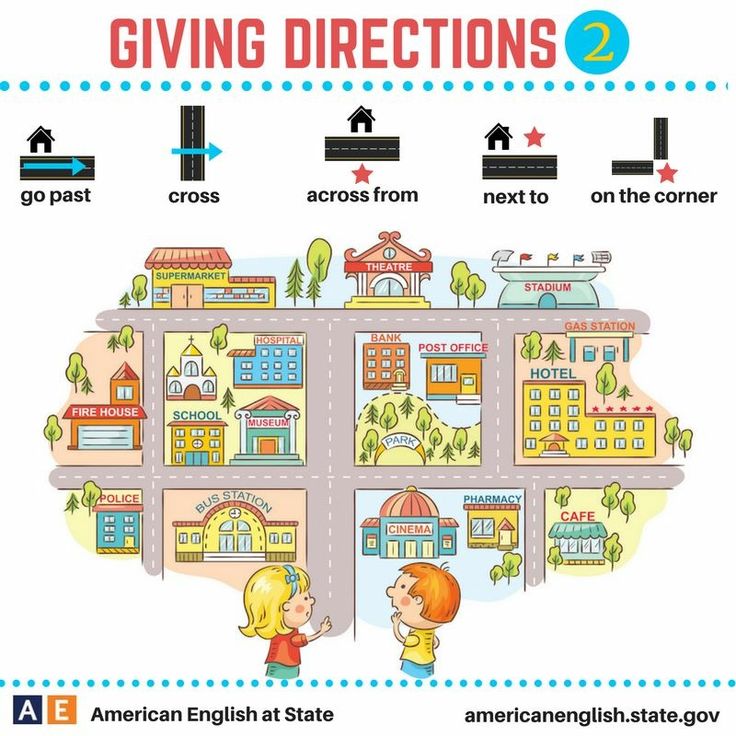 This is perfect for preschoolers and above! Have your kids follow some of the 2-step directions throughout the day (e.g. Shake your head “yes” and then quack like a duck.) Brilliant!
This is perfect for preschoolers and above! Have your kids follow some of the 2-step directions throughout the day (e.g. Shake your head “yes” and then quack like a duck.) Brilliant!
6. Lego® Game
If you have kids who are old enough to play a board game, try this Lego Game to help your kids practice reading directions and following them.
7. Visual direction activities.
With kids, visual directions are so important! You can make life simpler and fun using visual directions for your kids, such as a printable daily schedule for kids.
- Bedtime routine cards
- Morning routine cards
- Mealtime routine cards
Using routines is a great way to support cooperation and help your kids learn to follow directions.
They are also energy saving, AND a great way to avoid yelling “Green shoes!” ten times every morning or “Eat your dinner!” six times every evening.
Grab your FREE Following Directions Checklist Here!
More popular parenting posts
- 2 Year Old Sleep Schedule to Help Kids Fall Asleep and Wake Happy
- Best Morning Routine Tips and Tricks Your Kids Will Actually Follow
- 3 Things Every Parent of a Strong Willed Toddler Should Know
- 50+ Outdoor Toys for Kids That’ll Bring Hours of Fun
- Best Summer Schedule for Kids That You Can Print and Use Daily
I've created a free email series just for you! If you are struggling with teaching your child to listen, this series will help transform your parenting.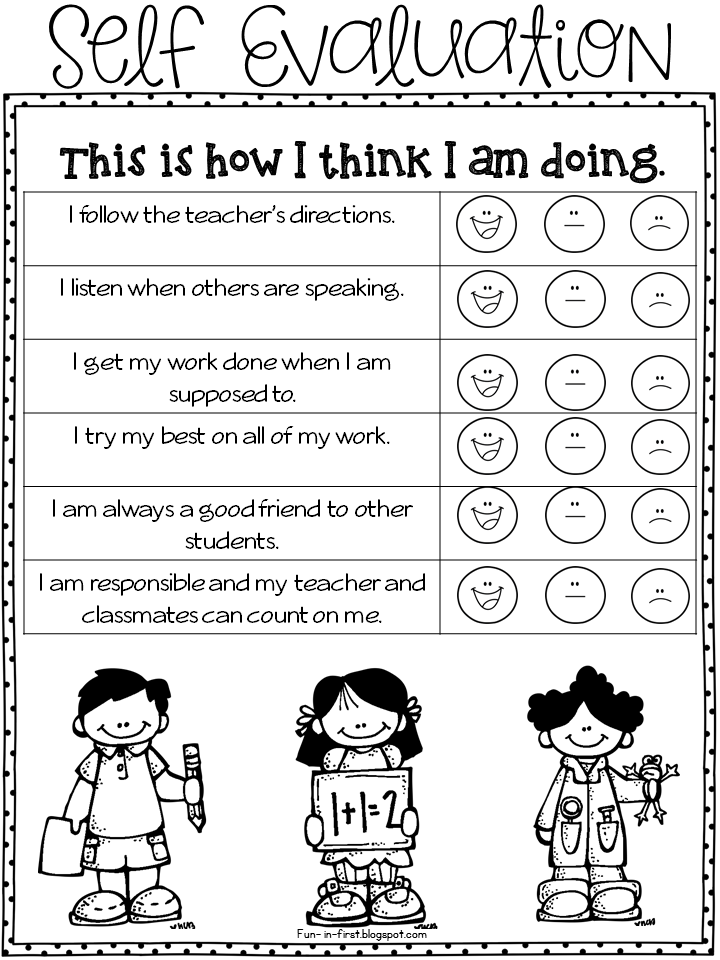 Yes, really. I've seen my proven strategies work time and time again for parents. I know it can work for you too.
Yes, really. I've seen my proven strategies work time and time again for parents. I know it can work for you too.
After taking my free email series, you will:
- Learn simple, yet highly effective listening strategies
- Experience a stronger connection with your child
- Enjoy more peaceful parenting days
- Gain more cooperation from your child
Click here to sign up!
Are you new to this community? Start here, friend.
Development of interest in the objective world among young children in kindergarten
%PDF-1.5 % 10 obj > endobj 40 obj /Title >> endobj 20 obj > endobj 3 0 obj > stream
MBDOU "Kindergarten No.
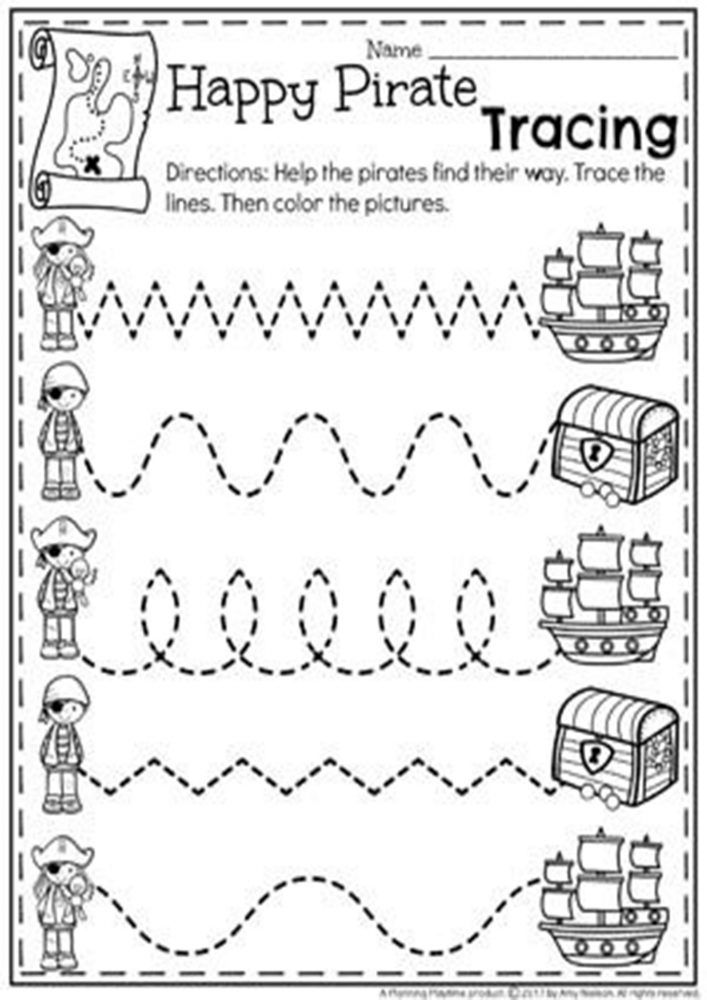 21 in Vyborg". Medical activities
21 in Vyborg". Medical activities ORGANIZATION OF MEDICAL ACTIVITIES IN MBDOU "KINDERGARTEN № 21, Vyborg"
The organization of medical activities is carried out on the basis of regulatory documents, in accordance with regulatory documents:
- Federal Law No. 19.903 dated 30.935 sanitary and epidemiological well-being of the population";
- Federal Law of 07/24/1998 No. 124-FZ "On Basic Guarantees of the Rights of the Child in the Russian Federation";
- Federal Law No. 5487-1 dated July 22, 1993 "Fundamentals of the legislation of the Russian Federation on the protection of the health of citizens";
- The procedure for organizing the provision of primary health care, approved. by order of the Ministry of Health and Social Development of Russia dated July 29, 2005 No. 487;
- Instructions for the implementation of health technologies in the activities of educational institutions, approved.
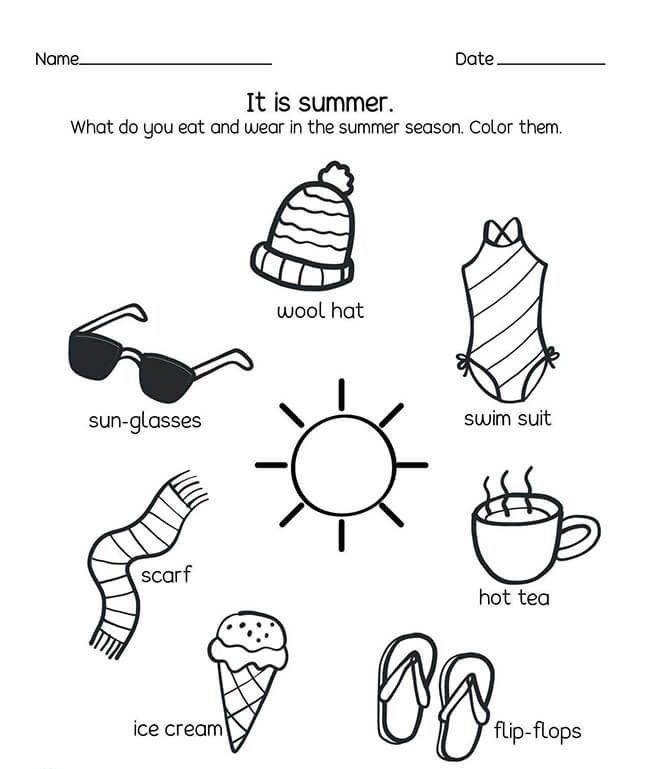 by order of the Ministry of Health of Russia dated 04.04.2003 No. 139;
by order of the Ministry of Health of Russia dated 04.04.2003 No. 139; - Sanitary and epidemiological rules and regulations "Sanitary and epidemiological requirements for the device, content and organization of the operating mode of preschool educational institutions. SanPiN 2.4.1.1249-03", approved. Decree of the Chief State Sanitary Doctor of the Russian Federation dated March 26, 2003 No. 24;
- Instructions for conducting preventive examinations of children of preschool and school age based on medical and economic standards, approved. by order of the Ministry of Health and Medical Industry of Russia dated 14.03.1995 No. 60; order of the Ministry of Health of Russia and the Ministry of Education of Russia dated June 30, 1992 No. 186/272 "On improving the system of medical care for children in educational institutions";
- letter of the Ministry of Education and Science of Russia dated April 22, 2009 No. 03768 "On medical care for children in preschool educational institutions";
- "Regulations on the organization of medical care in preschool educational institutions.
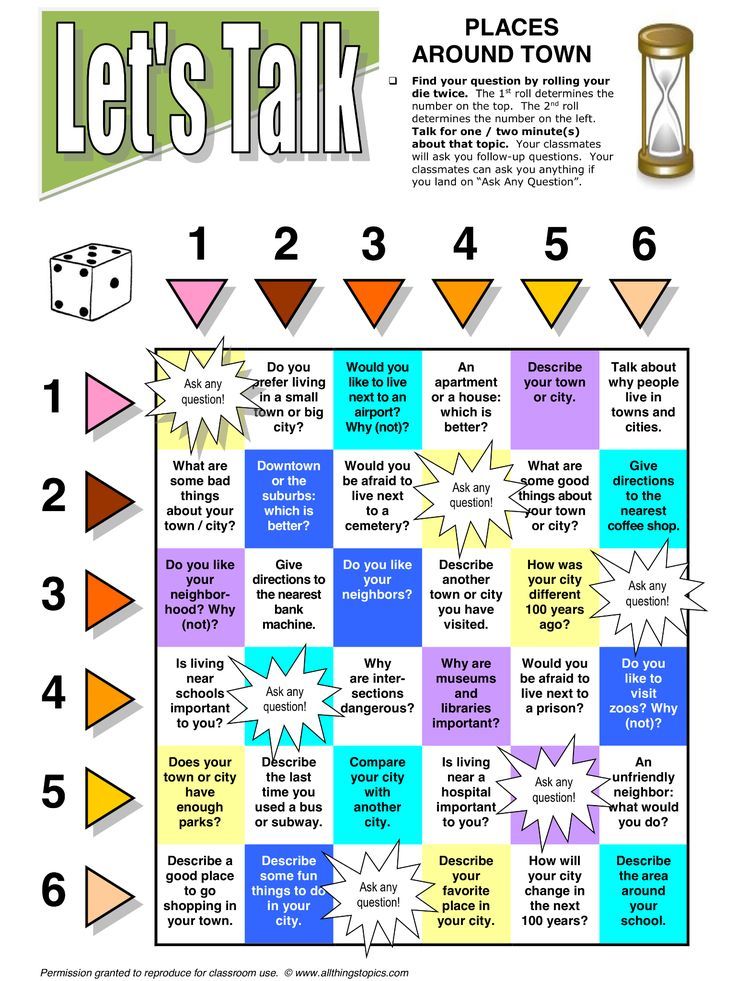 "
" - Charter of MBDOU "Kindergarten No. 21 of Vyborg"
Medical activities are carried out in the following areas:
I. Organizational measures
II. Therapeutic and preventive work
III. Growth Control
I.Y. Anti-epidemic work
Y. Sanitary education work
YI. Advanced training
I. Organizational activities
1. Checking the lists of children enrolled in a preschool educational institution and checking the availability of the following medical documents
- Preventive vaccination card (form No. 063/y)
- Child development history
2. Registration of reporting medical documents, journals that meet the established requirements
Registration of reporting medical documents, journals that meet the established requirements
- Comprehensive work plan for the year
- Schedule of work of the head nurse for the week
- List and frequency of medical examinations, research and professional hygiene training of employees
- Journal of control of the sanitary condition of the premises of preschool educational institution
- Journal of medical examinations by employees
- Journal of general cleaning of the medical unit (medical room, treatment room and isolation room)
- Biological Accident Log
- Journal of registration of the temperature regime of the refrigeration equipment of the medical office
- Journal of dispensary registration of children
- Children's pediculosis examination log
- Children's Infectious Diseases Register
- Child monitoring journal (on contact with infectious diseases)
- Journal of Anthropometric Measurements
- Preventive vaccination record book
- Register of children referred to the tuberculosis dispensary
- Child Physical Record
3.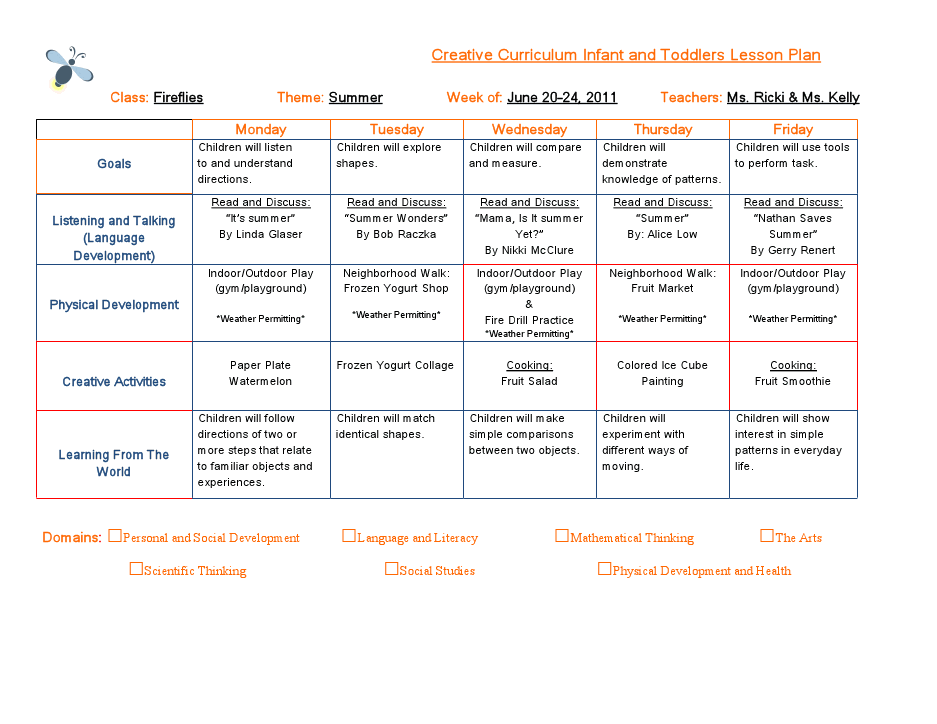 Analysis of the health of newly admitted children, compilation of child health sheets based on the results of examinations
Analysis of the health of newly admitted children, compilation of child health sheets based on the results of examinations
5. Planning and drawing up the following documents: 0051 II . 2. Injury prevention 3. Conducting examinations of children for pediculosis, entering the results of the examination in a special journal 0004 5. 6. Carrying out scheduled preventive examinations of pupils by doctors specialists of the children's polyclinic 7. Recording the results of examinations in the medical documents of pupils, drawing up a report 8. 9. Conducting tuberculinodiagnostics of pupils with the identification of children of the risk group for tuberculosis, a referral for examination to a ftesiacediatricer 10. Control of compliance with regime issues 11. Rehabilitation of children in the conditions of MBDOU Walking along the path of health (prevention of flat feet and air procedures) III Control over the physical education of children0051 3. 0051 Physical exercises with children 6. Control of the sanitary-hygienic state of sports and physical education equipment, inventory, clothing and shoes of children 9000 7. Medical and pedagogical observations at the organization of motor regimen, methods of conducting various forms of physical exercises and their impact on the child's body 8. Control of hardening IY . Anti-epidemic work 2. Tuberculosis prevention 3. Y . Sanitary and educational work Organization of lectures, conversations with the staff of preschool educational institutions. pupils and their parents 2. Topics of lectures for food workers 3. 4. Subjects of lectures for technical personnel 5. Lecture topics for parents YI .
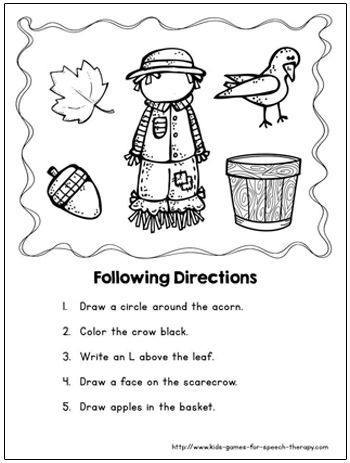 Treatment and prevention work
Treatment and prevention work
 Prevention of visual impairment in children
Prevention of visual impairment in children
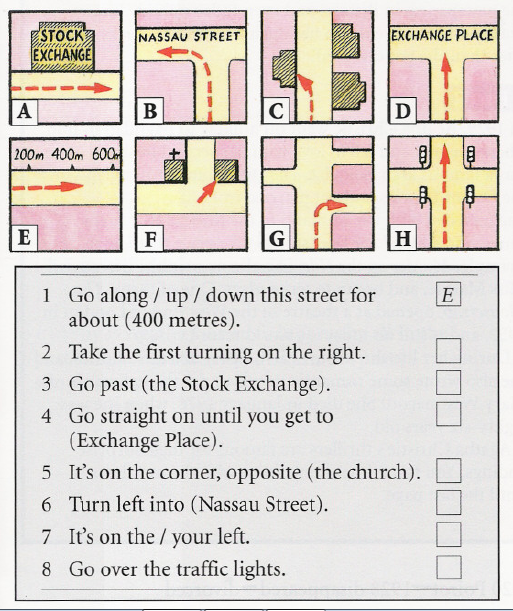 Organization of examinations for helminths
Organization of examinations for helminths
9003
 Formation of preparatory and special physical culture groups, exercise therapy groups.
Formation of preparatory and special physical culture groups, exercise therapy groups.
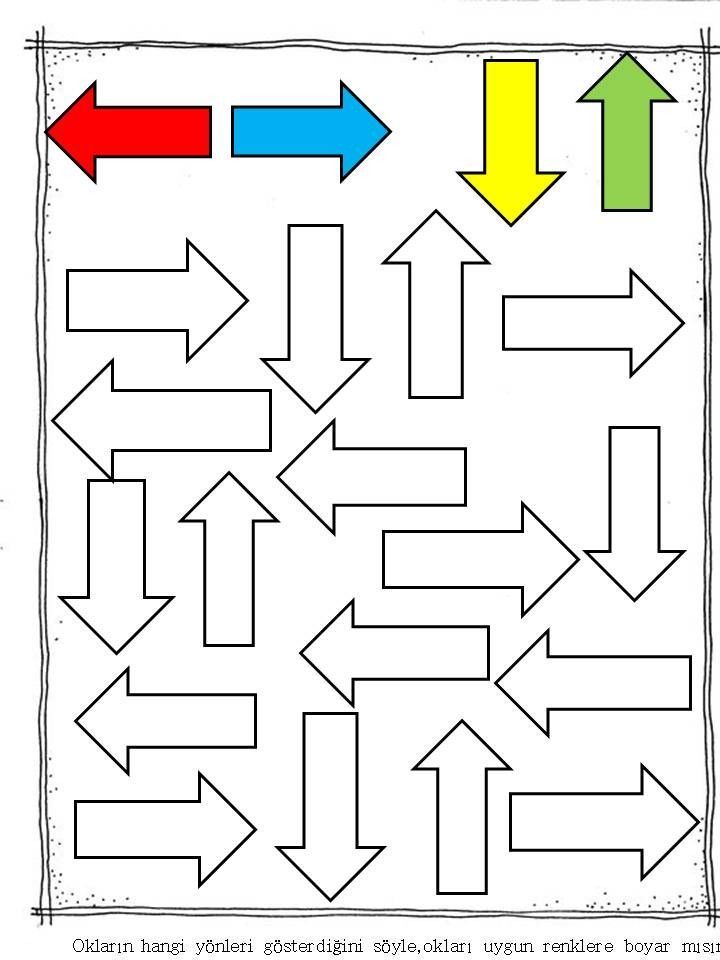 Prevention of intestinal infections
Prevention of intestinal infections
 Topics of lectures for the teaching staff
Topics of lectures for the teaching staff
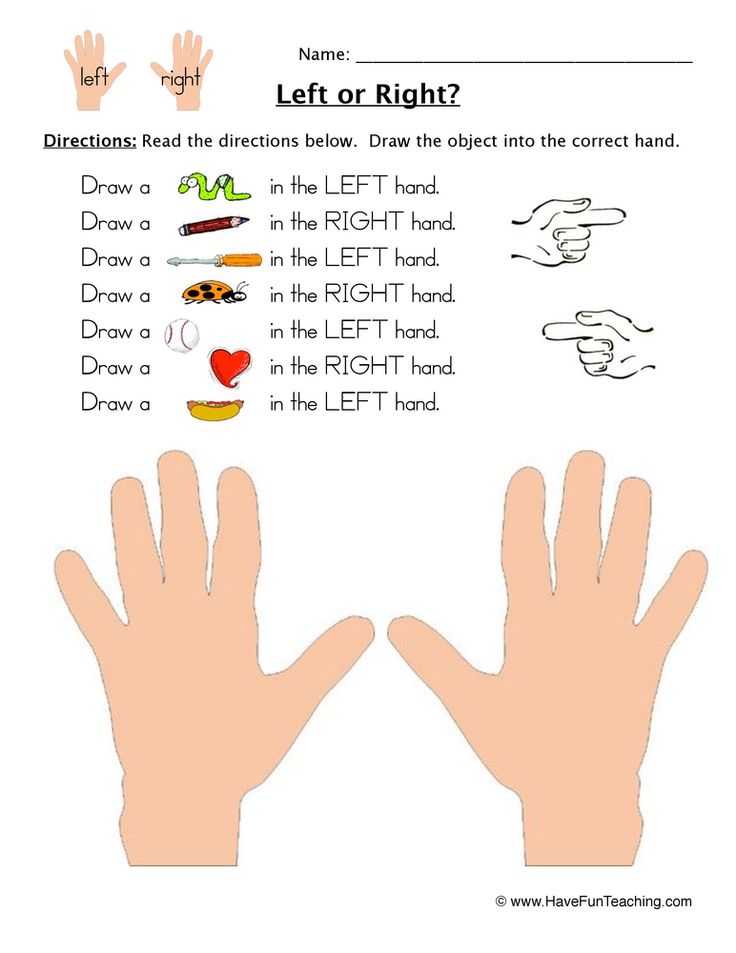
Learn more


